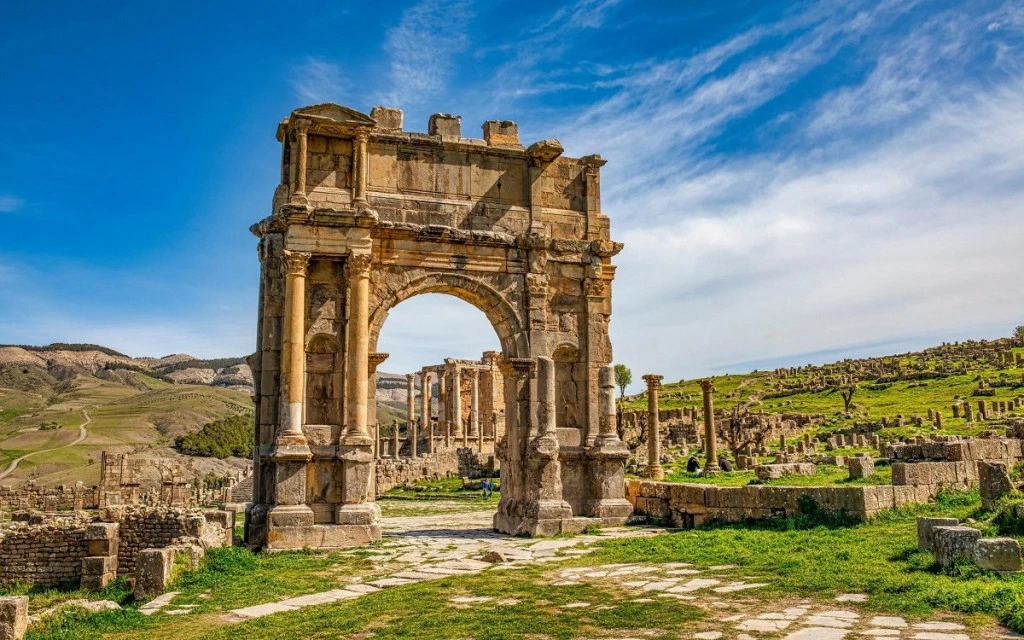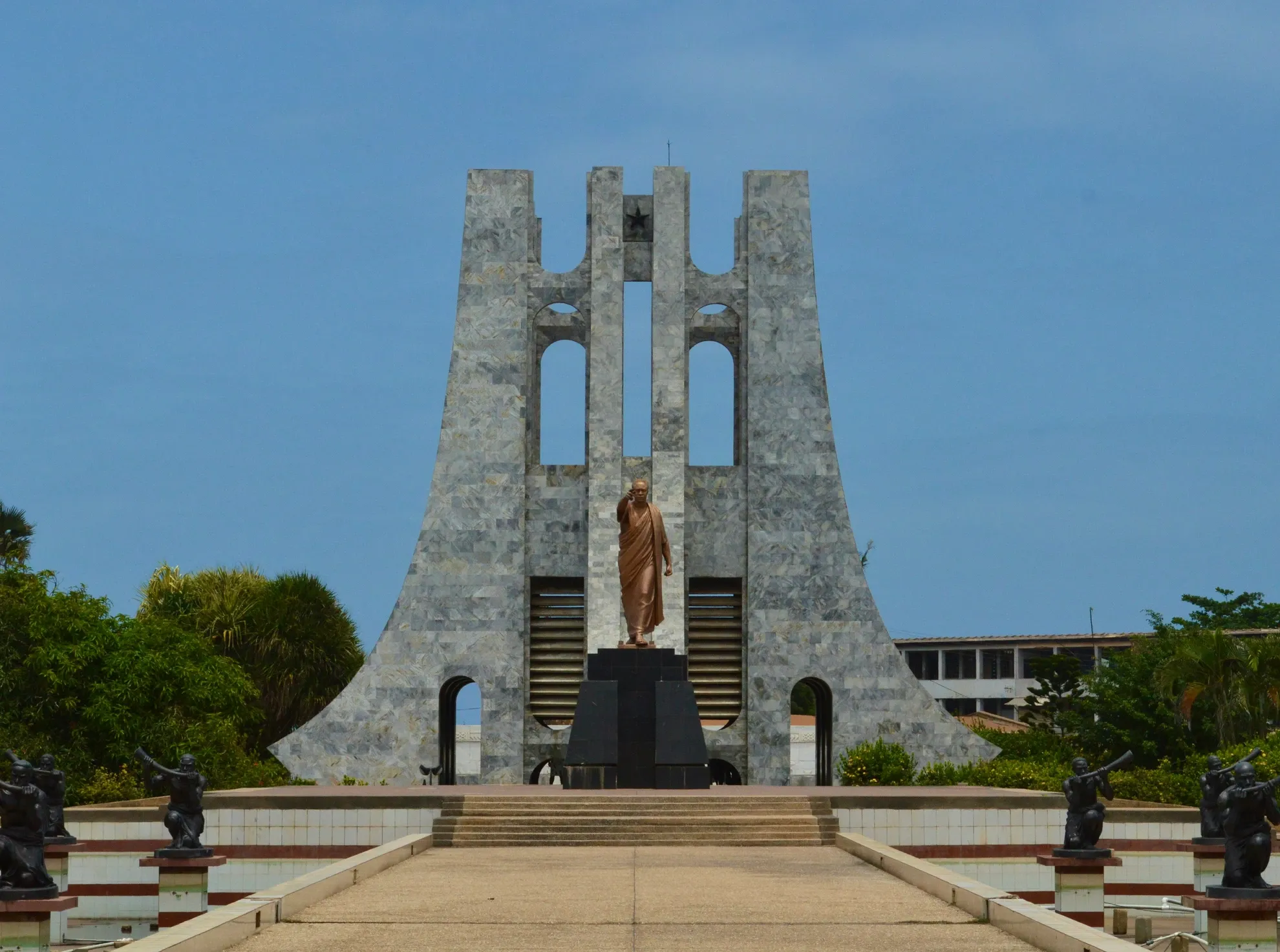eSIM Plans for Travelers to The Africa -18 Countries
Unlimited data at kbps after using
Get Connected Instantly Worldwide
Follow our proven 3-step process to enjoy seamless internet connectivity during your travels. Trusted by over 1 million travelers globally.
Ready to Stay Connected Anywhere?
Join millions of satisfied travelers who choose our reliable eSIM solutions for their international connectivity needs.
What You Need to Know About Africa -18 Countries Network
Network Coverage
urban area
• Major cities have good 4G network coverage, and some countries have begun deploying 5G services.
- Cairo (Egypt): 4G high-speed network coverage is available in the city center and airport, with 5G pilot projects in commercial areas, achieving approximately 85% coverage, provided by Vodafone and Etisalat.
- Lagos (Nigeria): The commercial center enjoys stable 4G coverage with speeds up to 30Mbps, while suburban areas are primarily served by 3G. MTN and Airtel are the major telecom operators.
- Nairobi (Kenya): Full 5G/4G coverage in the city center and Jomo Kenyatta Airport, with Safaricom leading 5G commercial services.
- Dar es Salaam (Tanzania): Core areas have full 4G coverage, with 5G expected to be piloted by Vodacom and Airtel in 2026.
- Tunis (Tunisia): The city center and Carthage Airport have full 4G coverage, provided by Orange, Ooredoo, and Tunisie Telecom.
- Algiers (Algeria): The main urban area has achieved 84.68% 4G coverage, with 5G licenses expected to be issued in 2025, to be provided by Mobilis and Djezzy.
- Accra (Ghana): Stable 4G coverage in the city center and Kotoka International Airport, with internet speeds reaching 50Mbps in commercial areas.
- Saint-Denis (Réunion): A 5G pilot network in the core area, with over 90% 4G coverage in suburban regions, primarily serviced by Orange and SFR.
- Antananarivo (Madagascar): The city center has good 4G coverage, while the suburbs are primarily served by 3G, with Telma and Orange as the main operators.
- Port Louis (Mauritius): Full 4G coverage across the city, with a 5G test network already deployed, achieving internet speeds of up to 150Mbps.
- Casablanca (Morocco): Full 5G/4G coverage in business districts and airports, with high-speed services provided by Maroc Telecom and INWI.
- Kampala (Uganda): Stable 4G coverage in the city center, primarily 3G in suburban areas, with MTN and Airtel as the main operators.
Tourist attractions and suburbs
• The main attractions have basic coverage, but the signal is unstable in remote areas.
- The Pyramids of Giza and Luxor Temple (Egypt): 4G coverage is strong in main visiting areas, but the signal weakens in the depths of the desert.
- Masai Mara National Reserve (Kenya): The visitor center and main roads have stable 4G coverage, but alternative communication solutions are needed when venturing deeper into the reserve.
- Serengeti National Park (Tanzania): 4G coverage is available at main camps and roads, with limited signal in wildlife viewing areas.
- Saharan desert edge towns (Algeria/Morocco/Niger): Basic 4G coverage, no signal in the desert interior.
- Mount Kilimanjaro (Tanzania): The foothill areas have good 4G coverage, while signal strength gradually weakens at higher altitudes.
- Bwindi National Park (Uganda): 4G coverage is available at the entrance, but there is no signal deep in the rainforest. It is recommended to download offline maps in advance.
- Marrakech Old Town (Morocco): 4G coverage is good in the square and main streets, but the signal weakens inside historical buildings.
- Lake Victoria Shoreline (Uganda/Tanzania): Good 4G coverage in lakeside towns, unstable signals in island areas.
- Kinshasa (Democratic Republic of the Congo): 4G coverage is gradually improving in the city center, while 3G dominates in suburban areas, with unstable signals during the rainy season.
- Libreville (Gabon): The city center has good 4G coverage, while signal is limited in rainforest areas. Service providers include Moov and Libertis.
- N'Djamena (Chad): Central areas have basic 4G coverage, while suburbs are primarily served by 2G/3G. Network stability is affected by power supply.
- Niamey (Niger): The capital's core area has 4G coverage, with a coverage rate of about 65%, while remote areas experience unstable signals.
Network Usage Tips
Deserts and remote areas
In remote areas such as the Sahara Desert (Algeria, Niger, Chad) and the Congo Rainforest, the signal is extremely weak or nonexistent. It is recommended to download offline maps in advance. In rural regions, 4G coverage is only 22%, and some areas lack even 2G connectivity.
Mountainous areas and rainforests
Signal instability is common in areas such as Mount Kilimanjaro (Tanzania), Mount Kenya, and the Congo rainforest. It is advisable to confirm operator coverage before departure. Currently, internet penetration across the African continent remains below 47%, and the digital divide remains a significant issue.
Interior and Historic Architecture
The stone walls and underground areas in the old town can significantly weaken the signal, so it is recommended to use the network near windows or open areas.
Cross-border region
In areas near national borders (such as the Tanzania-Kenya border and the Democratic Republic of the Congo-Republic of the Congo border), network switching delays may occur. It is recommended to manually select the network in advance.
Unstable power supply
In some parts of Africa, the power supply is unstable, and base stations may experience network outages due to power failures. It is recommended to download necessary materials in places with stable electricity, such as hotels or tourist centers.
Network Congestion Alert
During peak travel seasons (such as the Great Migration season in Kenya and Tanzania), network congestion may occur around popular attractions. It is advisable to avoid using high-bandwidth applications during peak hours.
Language support issues
The customer service of local operators may primarily use French, Arabic, Swahili, or local languages, with limited English support. It is advisable to save emergency contact information in advance.
Battery Consumption Warning
In areas with weak signals, mobile phones continuously search for networks, leading to faster battery consumption. It is advisable to carry a portable charging device. Mobile network access is the primary way to connect to the internet in Africa, but network quality varies significantly across different regions.
Price Evaluation
Mobile network coverage in 18 African countries reaches 68% of the population living within 3G/4G coverage, but there is a significant urban-rural gap (75% 4G coverage in urban areas versus only 22% in rural areas). Mobile data prices in these 18 countries have dropped by 55% since 2015. Basic data packages (500MB–2GB/day) in urban areas can meet daily needs, while for remote areas, packages of 2GB or more are recommended to ensure uninterrupted usage. According to market data, 5G networks are being gradually deployed in countries such as Kenya, Nigeria, and Egypt, offering users faster connectivity. Multi-country eSIM services (e.g., 3GB or 10GB options) that work across Africa have become a popular choice for travelers, effectively addressing network needs in different countries.
Recommended eSIM packages relevant to you
Enjoy seamless connectivity on your travels. Choose from our diverse global eSIM plans to enhance your next journey.


